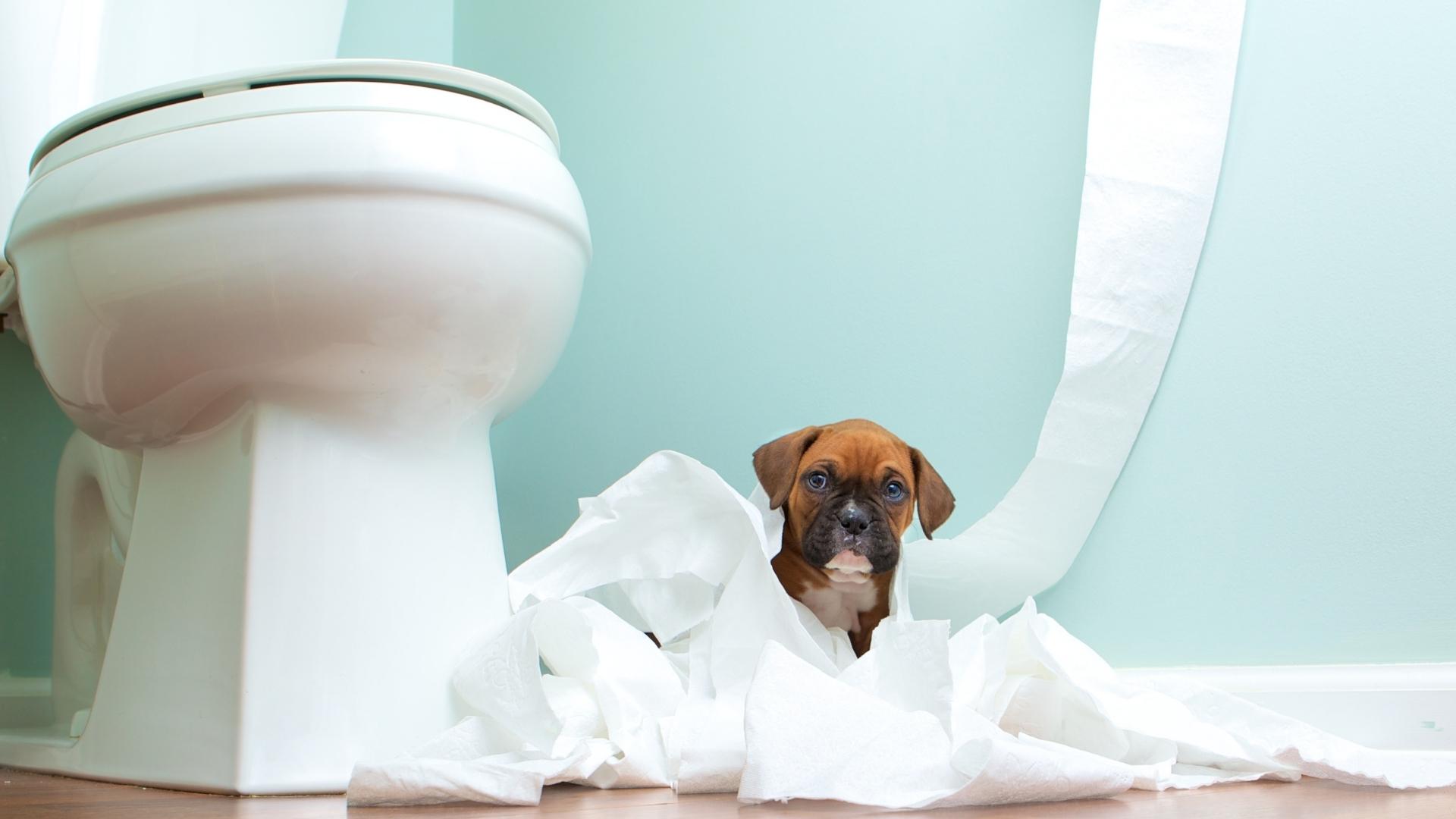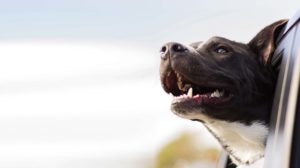Puppies aren’t born with bladder control, and it takes time (like us) to learn and develop appropriate toileting habits and control. While there are a few variables around how long it will take if you are consistent with preventing mistakes, a pup should be fully toilet trained by approximately 6-7 months old.
So how do we create an optimal environment for our pups to thrive with toilet training? The list below will answer that:
- A room, pen or crate for a pup to be in when not directly interacting with you, away from rugs, carpet and other nice soft surfaces that feel nice to toilet on.
- A regular schedule of being taken to the appropriate toileting spot (outside) every 1-1.5 hours. Keep in mind, your pup will need extra appropriate toileting opportunities after eating and drinking, movement (playing and exercise), sleeping or napping.
- A close eye kept on them looking for ‘I need to toilet’ signals such as circling and sniffing the ground.
- Never punish or get cross at a pup for toileting inside. It is up to us as the owners to provide ample opportunities for them to learn the correct behaviour and toilet outdoors. Getting cross can result in an increase of inappropriate toileting as they become fearful and lose bladder control.
- Instead of using pee pads, as this can confuse some pups about learning to toilet outdoors, try a grass pet toilet. These make transitioning to toileting outdoors on grass easier as they can be artificial or real grass. Not only that, they are more environmentally friendly than disposable pads. These are a great option for those living in apartments unable to get to an appropriate yard or outdoor space as needed.
Accidents do happen and at least initially, there will likely be appropriate toileting opportunities missed. If so, be sure to clean any accidents with cleaning products that contain enzymes to break down the proteins in urine (such as diluted biological washing powder) to prevent further encouragement to toilet there again.
If your pup does not go to the toilet when taken outside, but you know they will likely need to relieve themselves, carry them back inside and keep them in your arms or in your lap. If they are put down on the ground, they will likely find a nice spot on the rug to do their business. After a few minutes, head outside for another try. Repeat until pup goes to the toilet outside. If you are unable to hold them, place them in their puppy pen or crate for a few minutes, keep a strict eye on them then head back outside.
New kitten owner instead? We have tips for you too! Toilet training a kitten follows a very similar process, but generally cats tend to take to the litter tray rather naturally:
- Ensure the litter tray is suitable in size, depth and coverage for your cat and is in a suitable location away from noise, food and water and other pets. Fill with 2-3 inches of litter.
- Encourage your kitten to use it by placing them in the tray after eating and drinking, exercise and play and sleeping.
- Gentle words of praise when successful will let them know they’ve done the right thing and will encourage them to use the tray more.
- Never punish for accidents outside of the litter tray.
Learning anything new takes time and requires patience, consistency and the opportunity to do the right thing. Toilet training is no different, but once established both you and your pup will benefit!
The author of this article has been updated. Dr Claire Sharp was attributed as the author, and we unreservedly apologise to her and to the author for crediting her as the author of the article.
Pet insurance can help by covering a portion of the eligible vet bill if the unexpected happens. Because it is difficult to predict the costs of veterinary care, it can help to have measures in place to help prepare for the unexpected. Check out our partner network and explore our policy tools to find a pet insurance policy.
Not all conditions or items are covered by Pet Insurance. Refer to the applicable Product Disclosure Statement for information about coverage and exclusions.








